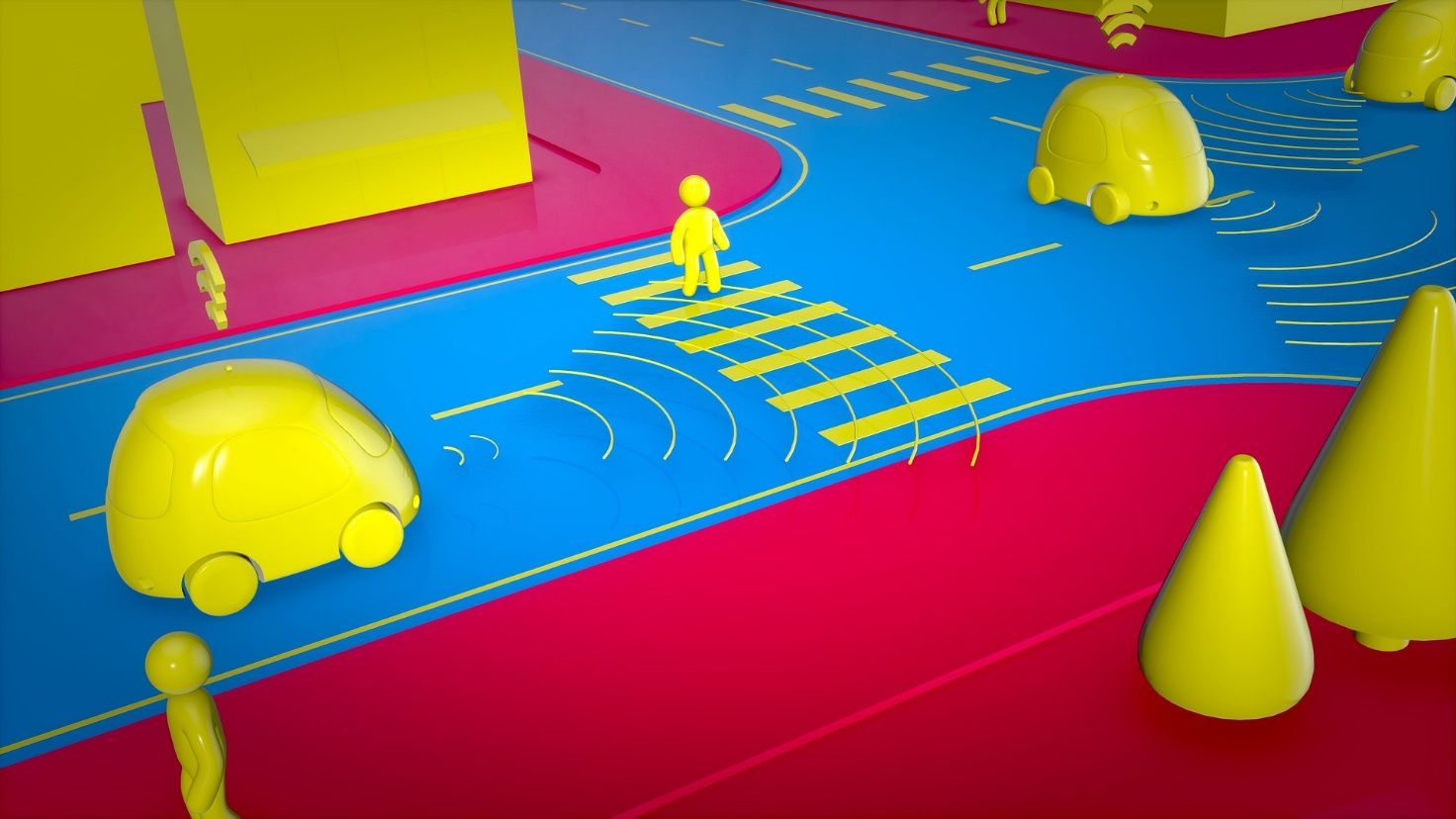
🚘 Smart roads to revolutionize travel
Within the European C-Roads project, technologies for intelligent transport are being tested in Italy on the A22 highway: autonomous driving systems and data communication vehicle-to-vehicle and to infrastructure
Share this story!
With the Internet, human beings have begun to communicate digitally. Then with M2M-protocols (machine-to-machine) and IoT-technology (Internet of Things), even industrial machines have become networked.
Another step in the digital revolution lies in the development of Smart Roads. Thanks to the C-Roads project, Europe intends to create a fully interconnected system of roads and vehicles with C-ITS (Cooperative Intelligent Transport Systems) technologies.
In the future, vehicles, goods, and passengers will travel on European roads in parallel with data. The latter will allow everyone to travel safer, faster and more ecologically.
Focus on big data and connectivity
The project involves the sensorization of the whole European highway network, with the construction of control centers for receiving data and communicating with vehicles. The aim is to create a data exchange infrastructure that allows vehicles to move freely and safely on European roads: both autonomously and manually.
These are by no means straightforward goals because full connectivity must be achieved everywhere on the EU roads.
First, complete data coverage is required along the entire length of these motorways. To distribute collected data efficiently, data exchange protocols V2I (Vehicle to Infrastructure) and V2V (Vehicle to Vehicle), or V2X (Vehicle to Everything) must be created. Furthermore, it’s necessary to create algorithms that associate all this data with the actual actions to be performed by moving vehicles.
Smart roads come to Italy

C-Roads is not a future project but has been implemented and tested throughout the EU since 2016. In particular, in Italy in the last 4 years, several experimental activities have been carried out on the A22 highway, which connects Italy with Austria and Germany.
The project attracting the most attention is the one carried out in partnership with Iveco. This project, called Plattoning, tests a convoy of 4 interconnected and self-driving trucks, in which the first one drives all the others. Like in a train where the locomotive leads the other wagons, not using a physical connection but digital. The infrastructure shares data between the vehicles, in V2I mode, concerning roadworks, stationary vehicles, intense traffic, adverse weather conditions, the presence of toll booths, etc. Vehicles exchange V2V data on speed, acceleration, direction, yaw.
Furthermore, together with the Fiat Research Center (CRF), a prototype of the Highway Chaffeur system has been tested. It’s a technology that allows automation in driving vehicles to control speed and trajectory and to change lanes automatically. The system was tested on heavy vehicles being tested on the A22 to identify the benefits of this technology and make driving algorithms more efficient.
Lastly, TIM implemented cellular network coverage over the entire highway network and developed systems to allow efficient V2I data exchange.
Multiple benefits during trials

The development of Smart Roads allows several advantages not limited to self-driving vehicles, but also for manually-driven cars.
As in all technologies using Big Data, the collection and use of accurate information allow for more efficient road travel. By adjusting route and speed based on accidents, roadworks, weather conditions, it's possible to make the most of the road network and make traffic smoother. This avoids traffic jams, making journeys faster, more comfortable and reducing CO2 emissions.
But of course, the main benefits concern driving safety. Knowing in advance what awaits us along the road and the movements of other vehicles, the risk of accidents is significantly reduced.
We can imagine a future in which driving will be safer and smoother, perhaps aboard vehicles where we can admire the landscape peacefully, without having to pay extreme attention to road hazards.
Image: https://www.autobrennero.it
By becoming a premium supporter, you help in the creation and sharing of fact-based optimistic news all over the world.


